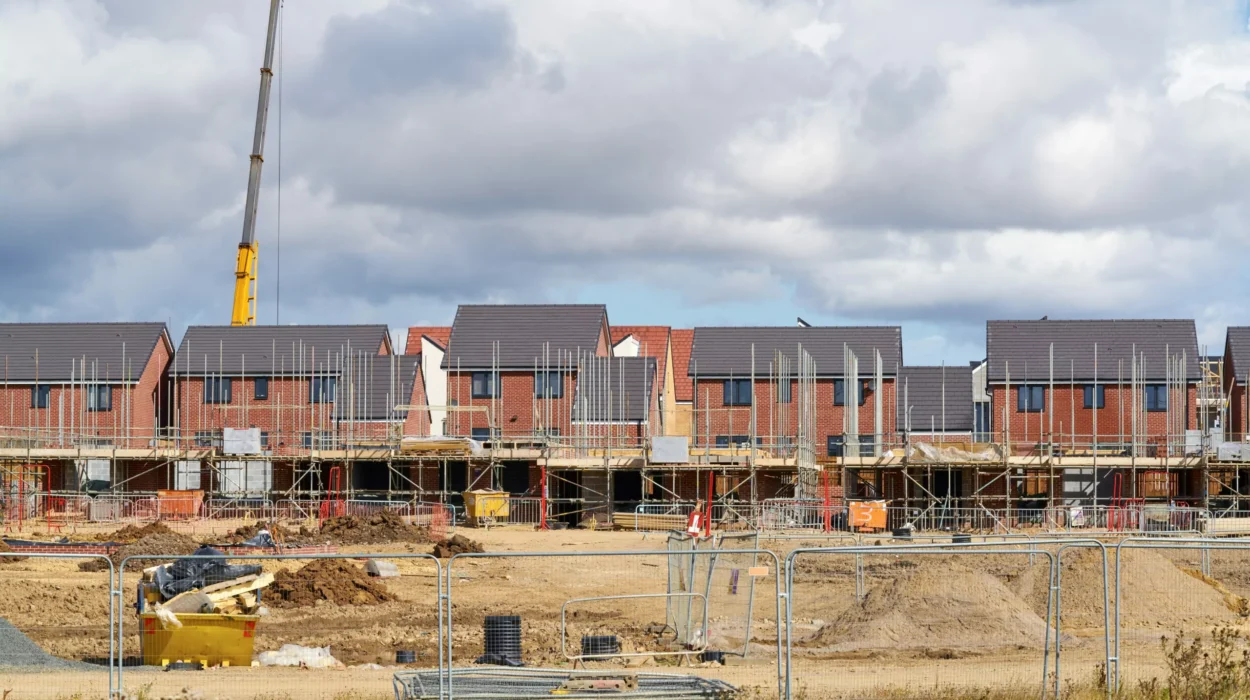You don’t need 10,000 monthly visitors to make SEO work — you need the right traffic.
Blogging is one of the most cost-effective, scalable methods for real estate agents and brokerages to generate inbound leads. When done properly, blogging doesn’t just bring in readers — it brings in buyers, sellers, and investors.
In this guide, you’ll learn how to use a content-first real estate SEO strategy to attract traffic, build trust, and fill your pipeline with qualified leads — without spending a penny on ads.
Why Blogging Matters in Real Estate SEO
Think of your blog as the magnet on your site. Every article is a hook for a specific audience segment: first-time buyers, luxury sellers, investors, or downsizers.
Blogging helps you:
-
Rank for long-tail keywords
-
Answer buyer and seller questions
-
Build authority in your niche or local market
-
Stay top-of-mind with potential clients
Google rewards fresh, relevant content. Consistent blogging signals that your site is active, which improves indexing and can push up your rankings — a key win in SEO for real estate.
Targeting the Right Keywords
Most real estate blogs fail because they focus on generic topics like “How to Buy a House” — content already dominated by massive brands.
Instead, go local and specific:
-
“How to buy a home in [City] during winter”
-
“Top 5 condos under $500k in [Neighborhood]”
-
“Should you rent or buy in [School District]?”
Keyword clusters should also include valuable long-tail terms like:
These not only help rankings but make your blog interlinkable with other pages for max topical authority.
Content Types That Work Best
To build a blog that ranks and converts, mix your formats:
-
Local Market Updates — Great for recurring traffic
-
Listicles — e.g. “10 Mistakes Homebuyers Make in [Area]”
-
How-To Guides — Especially for first-time buyers or FSBO sellers
-
Community Spotlights — Schools, parks, restaurants, etc.
-
Real Estate FAQs — Turn your client questions into SEO fuel
A real estate SEO consultant will often map out a content calendar with these formats, targeting both informational and transactional intent.
Writing for Humans and Search Engines
Forget keyword stuffing. Google’s smarter than that.
Instead:
-
Use natural language
-
Break up content with headers
-
Use internal links to your main services and neighborhood pages
-
Include clear CTAs
This structure not only helps SEO — it improves readability and time on site, both of which are vital for ranking and conversions.
Internal Linking is Non-Negotiable
Every blog post should link to:
-
A service page (e.g., “home selling services in [City]”)
-
A neighborhood page
-
Another related blog post
Strategic internal links distribute authority and help search engines map your site. That’s why top real estate SEO agencies rely heavily on content silos and interlinking to climb the SERPs.
Add Visuals and Multimedia
Photos, graphs, and even embedded videos can:
-
Improve time on page
-
Reduce bounce rates
-
Make your content more engaging
Image alt tags are also another opportunity to include terms like SEO for real estate websites or real estate agent SEO without sounding spammy.
Promote Your Blog Smartly
Once published, syndicate your content via:
-
Email newsletters
-
LinkedIn posts
-
Google Business Profile updates
-
Instagram stories
The goal is to create multiple touchpoints where prospects can enter your ecosystem and engage with your expertise.
Final Thoughts
If your website is your digital storefront, your blog is the salesperson inside — always educating, always selling.
Content-driven lead generation takes time, but when supported by proper real estate SEO services, it becomes one of the highest ROI channels available to agents, investors, and brokerages alike.
Blogging isn’t optional in today’s market — it’s your competitive edge.

